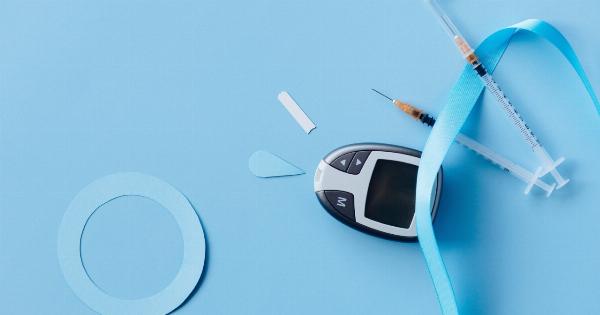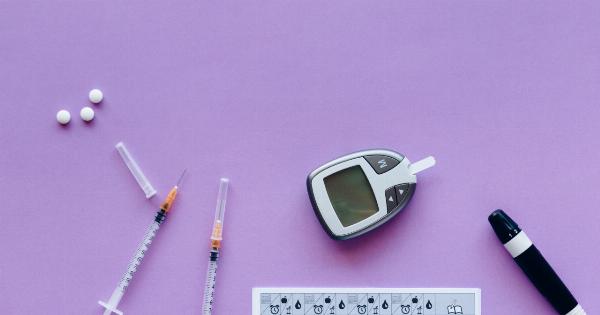Hypoglycemia is a medical condition in which the level of glucose in the blood is lower than normal. Glucose is an essential source of energy for the body and when it drops to a lower than normal level, it can cause a lot of problems.
The most common symptom of hypoglycemia is the feeling of dizziness, sweating, shakiness, and confusion. Hypoglycemia is most often associated with diabetes, but it can also happen to people without diabetes.
This condition can also be caused by certain medications like insulin or other medications which lower the blood sugar levels.
What is Hypoglycemic Shock?
Hypoglycemic Shock is a severe condition that happens when the glucose levels in the blood drop to unusually low levels. This leads to a dangerous condition, which can be life-threatening if not treated promptly.
Some of the symptoms of hypoglycemic shock include confusion, shakiness or seizure, unconsciousness, or even death if not treated immediately.
How to Respond to Hypoglycemic Shock
If you suspect someone to be going through hypoglycemic shock, there are several steps you can take to help:.
1. Assess the Situation and remaining Calm
The first step is to stay calm and assess the situation. If you see someone experiencing symptoms like confusion, shakiness, sweating, unconsciousness, or even seizures, it’s likely that they are suffering from hypoglycemic shock.
2. Check their blood sugar level
If the person has a glucose meter or has access to one, check their blood sugar level. A blood sugar reading of below 70mg/dl is considered low and can cause hypoglycemia.
However, if the person doesn’t have a meter, assume that they are experiencing hypoglycemia if they exhibit signs of the symptoms listed above.
3. Provide Simple Carbohydrates
If the individual is conscious, provide them with simple carbohydrates like fruit juice or soda. This will help to raise their blood sugar level rapidly. Giving the person a tablespoon of sugar or honey can also help.
4. Provide Complex Carbohydrates
Once sugar is given, give the person complex carbohydrates like crackers, bread, or cereal to help stabilize their blood sugar level. Complex carbohydrates take longer to break down, and hence will help to keep sugar levels consistent.
5. Monitor their Symptoms
After providing them with simple and complex carbohydrates, the symptoms of hypoglycemia should begin to subside.
However, it’s essential to keep monitoring the person’s blood sugar level and symptoms to see if additional treatment is necessary.
6. Get Medical Help if Necessary
If the person doesn’t respond to the above steps or loses consciousness, call for medical help immediately.
Preventing Hypoglycemic Shock
Preventing hypoglycemic shock requires taking care of your blood sugar level. Here are a few ways to prevent hypoglycemic shock:.
1. Eat Regularly
Eat regularly and avoid skipping meals. This will help to maintain healthy blood sugar levels. 3 balanced meals a day with 2-3 healthy snack is a good way to regulate your sugar level and keep the sugar level in check.
2. Monitor your blood sugar level regularly
Checking your blood sugar level regularly, especially if you’re diabetic, is crucial in managing your blood sugar levels effectively.
This helps you anticipate if your blood sugar level is dropping and respond promptly before causing any complications like Hypoglycemic Shock.
3. Be consistent with medications and insulin injections.
If you’re diabetic and are receiving treatment with medications and/or insulin, it’s important to take the prescribed dosage regularly as recommended by your healthcare provider or physician.
This can help prevent drastic drops in blood sugar levels.
4. Engage in Regular Exercise
Regular exercise and physical activity are essential in keeping your blood sugar levels in check as it improves insulin sensitivity and glucose absorption.
Conclusion
Hypoglycemic shock is a serious condition that can be life-threatening if not treated promptly. It’s essential to recognize the symptoms and take immediate action to help the person experiencing the symptoms.
Providing simple and complex carbohydrates and monitoring symptoms are the steps to be taken. Prevention of hypoglycemic shock is best done by maintaining a healthy diet, regularly monitoring your blood sugar levels, taking medications and insulin as prescribed, and engaging in regular exercise.


























